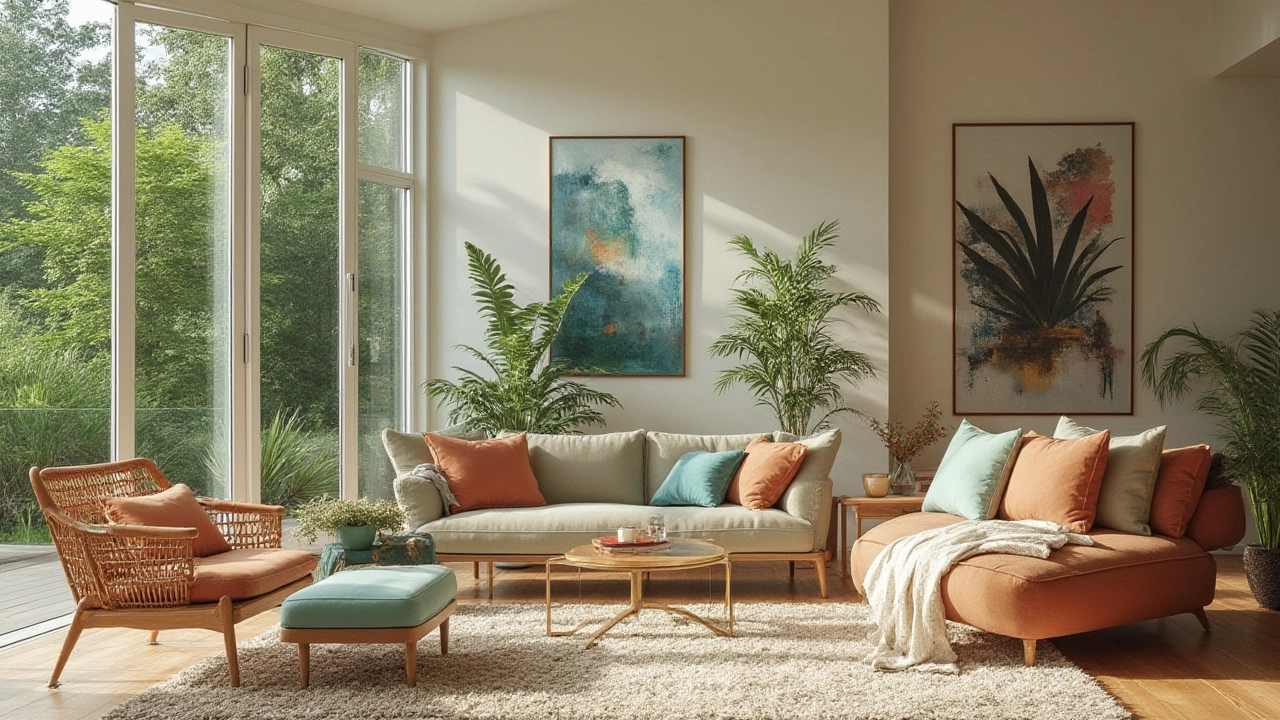
2024's Most Stylish Furniture Colors: Trends, Tips & Ideas
Unpack the top trending furniture colors in 2024 with expert-backed tips. Discover modern palettes making waves in New Zealand homes and how to style them for a fresh look.
Looking for a simple way to make your classroom, office or living room look good? This guide breaks down the basics you need before you click ‘add to cart’. From sofas to storage, we cover the most common questions and give you clear steps to follow.
First, think about durability. In a school or busy office, furniture gets knocked around a lot, so choose solid frames, reinforced joints and sturdy legs. Metal legs or hardwood frames usually outlast cheap particle‑board options.
Second, check the comfort level. A chair that feels great at the desk but sinks after an hour will hurt productivity. Test the seat depth, back support and adjustability. Mid‑back chairs work well for short tasks, while high‑back models are better for long meetings.
Third, match the style to the room’s purpose. A sleek, low‑profile TV stand looks great in a modern lounge but can feel out of place in a traditional classroom. Use colour and shape to reinforce the vibe you want – neutral tones for flexibility, bold colours for a statement.
Fourth, consider the size. Measure the space, note window placement and think about traffic flow. A corner sofa that’s too deep can block walkways, while a narrow bookshelf might look lost on a wide wall. Use simple tape on the floor to visualise dimensions before buying.
Finally, think about maintenance. Fabrics that attract stains need removable covers, while leather needs occasional conditioning. Storage pieces with doors protect items from dust, and metal frames resist moisture better than untreated wood in damp areas.
Once you’ve bought the right items, styling them is the next step. Group similar heights together – a low coffee table with a tall lamp creates visual balance. Add a pop of colour with cushions or a rug, but keep the main furniture in a consistent palette to avoid a cluttered look.
For classrooms, label storage bins and use clear drawers so teachers can find things fast. In offices, cable management trays hide wires and keep desks tidy. Small tweaks like these boost both function and aesthetics.
Maintenance doesn’t have to be a chore. Wipe down metal legs with a damp cloth once a month, tighten loose screws quarterly, and rotate sofa cushions every few weeks to prevent wear spots. A quick vacuum on fabric surfaces removes dust that can dull the finish.If you’re dealing with a sofa bed, remember the mattress matters. A medium‑firm foam insert offers comfort for both sleeping and sitting, and it lasts longer than cheap spring layers. Check the folding mechanism annually – a squeak usually means a missing bolt.
When it comes to TV stands, ensure the base can support the weight of a wall‑mounted screen and any accessories. Use non‑slip pads underneath to stop wobbling, and keep the stand away from direct sunlight to protect finishes.
By following these practical steps – checking durability, comfort, style, size and upkeep – you’ll choose furniture that fits the room, lasts longer and stays looking good. Use the tips in this guide as a checklist whenever you shop, and you’ll avoid common pitfalls that waste time and money.
Ready to start? Browse the articles below for deeper dives on sofas, chairs, storage and more. Each post gives specific advice you can apply right away, whether you’re outfitting a school, a coworking space or your own living room.

Unpack the top trending furniture colors in 2024 with expert-backed tips. Discover modern palettes making waves in New Zealand homes and how to style them for a fresh look.